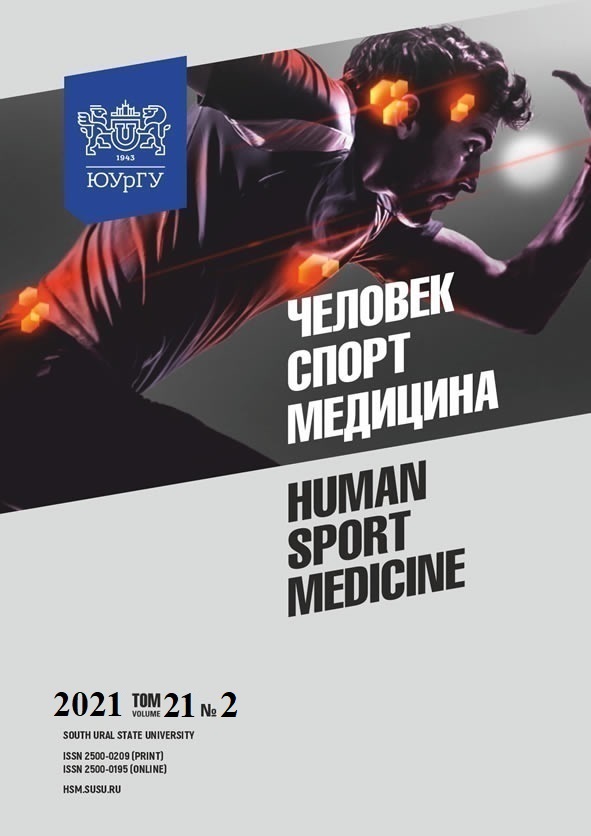GESTALT PERCEPTION OF SPORTS MOVEMENTS
Abstract
Aim. The paper aims to identify the coaches' ability to perceive sports movements holistically based on gestalt principles. Materials and methods. The following methods were used: reviewing the literature on psychology and sports biomechanics, high-speed video capture, mathematical and statistical analysis. A video (250 frames per second) of sprint run performed by athletes was captured. The athletes had both distinct and specific technical errors. These video files were used for creating a skeleton (a simple line drawing) running on a one-color background. 14 track and field coaches were asked to match videos with their skeletons. Results. The study revealed that coaches used different mental ways for movement perception. Some coaches relied on holistic perception. Others perceived running technique as a set of angles and other kinematic characteristics. Thus, they tried to obtain as much numerical information as possible. Gestalt perception should be considered more effective compared to the analytical approach as soon as it makes possible to perceive sports movements more accurately and quicker. Sports and coaching experience (in years) contributes to gestalt perception (r = 0.25 and r = 0.21, respectively). Age does not correlate with holistic perception of movements (r = 0.08). The most significant correlation was found between sports achievements of coaches themselves and their gestalt perception
(r = 0.89). Conclusion. Gestalt perception of sports movements is the highest form of cognitive processes for movements cognition and evaluation in sport. Holistic perception of movements
allows performing qualitative biomechanical analysis more accurately and quicker. This ability is formed in the process of coaching and depends on sports achievements.
References
References on translit
Copyright (c) 2021 Human. Sport. Medicine

This work is licensed under a Creative Commons Attribution-NonCommercial-NoDerivatives 4.0 International License.















